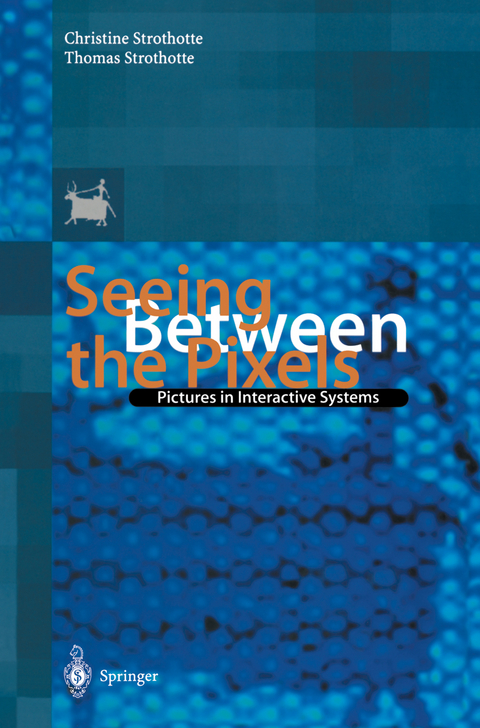
Seeing Between the Pixels
Springer Berlin (Verlag)
978-3-642-64370-5 (ISBN)
PartI: Preliminaries.- 1 Introduction.- II: Fundamentals.- 2 Pictures in Computer Systems.- 3 Classification of Pictures.- 4 Picture Processing by Humans.- 5 Information Flow During Human-Computer Interaction.- III: Abstract-Graphical Pictures.- 6 Abstract-Graphical Pictures and Some Applications.- 7 Analysis of Abstract-Graphical Pictures.- 8 Users'Analysis and Criticism of Abstract-Graphical Pictures.- 9 Viewpoint Descriptions.- IV: Pictograms.- 10 The Nature of Pictograms and Their Use.- 11 Pictograms as Words.- 12 Pictograms as Pictures.- 13 Formal Representations and Informal Presentations.- PartV: Presentational Pictures.- 14 Image Generation.- 15 Alternative Rendering of Images.- 16 Tactile Computer Graphics.- 17 Immersive Systems.- VI: Epilogue.- 18 Pictures and Language.- 19 Quovadis?.- List of Figures, Tables, and Credits.- List of Petroglyphs.- Author Index.
| Erscheint lt. Verlag | 22.12.2011 |
|---|---|
| Zusatzinfo | XIX, 380 p. 52 illus. in color. |
| Verlagsort | Berlin |
| Sprache | englisch |
| Maße | 155 x 235 mm |
| Gewicht | 609 g |
| Themenwelt | Informatik ► Grafik / Design ► Digitale Bildverarbeitung |
| Mathematik / Informatik ► Informatik ► Software Entwicklung | |
| Informatik ► Theorie / Studium ► Künstliche Intelligenz / Robotik | |
| Schlagworte | Computer Graphics • Human-Computer Interaction (HCI) • interactive system |
| ISBN-10 | 3-642-64370-1 / 3642643701 |
| ISBN-13 | 978-3-642-64370-5 / 9783642643705 |
| Zustand | Neuware |
| Haben Sie eine Frage zum Produkt? |
aus dem Bereich


